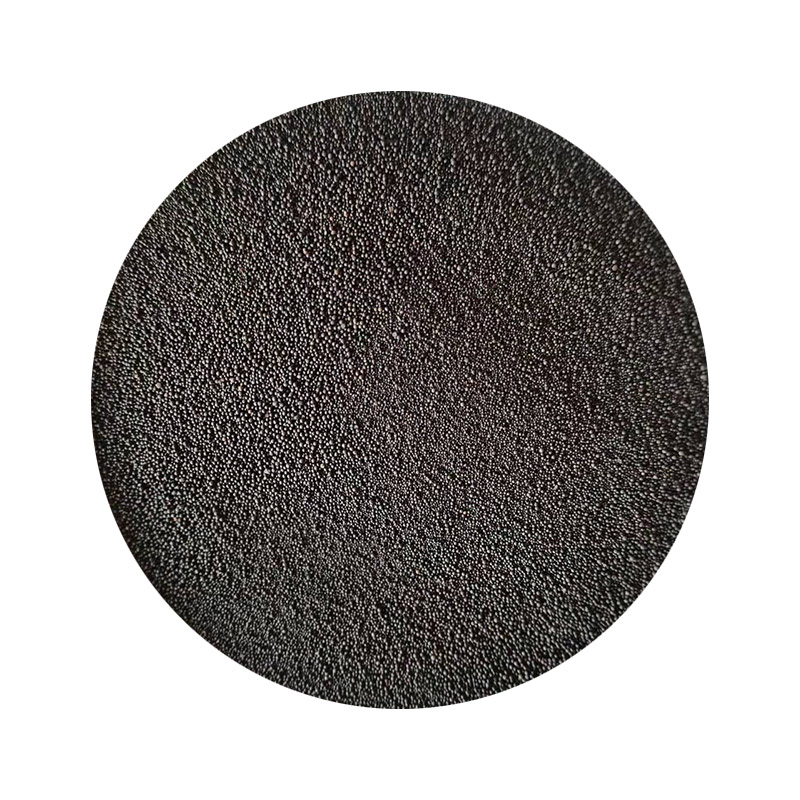The Rising Landscape of 3D Sand Printers An Insight into Pricing
In the wake of technological advancements, 3D printing has evolved into a cornerstone of modern manufacturing, and among the various types of 3D printing technologies, sand printers have gained particular attention. These machines are capable of producing intricate sand molds and cores used primarily in the foundry industry. As the demand for efficiency and customization increases in manufacturing processes, understanding the pricing dynamics of 3D sand printers becomes essential for businesses aiming to leverage this innovative technology.
Understanding 3D Sand Printing Technology
3D sand printing operates by binding sand particles together according to a digital model, which is typically created using CAD (Computer-Aided Design) software. This process enables the production of complex geometries that were previously difficult or impossible to achieve with traditional methods. The benefits of using 3D sand printers include reduced lead times, lower material waste, and enhanced design freedom.
Factors Influencing 3D Sand Printer Prices
1. Machine Specifications The price of 3D sand printers varies significantly based on their specifications, including build size, resolution, and printing speed. High-end models that offer larger build volumes and faster print capabilities generally come at a premium price. For instance, a unit capable of printing large molds with high precision may cost substantially more than a smaller, less versatile machine.
2. Technology Type Different technologies employed in sand 3D printing, such as binder jetting or foam printing, also influence pricing. Binder jetting, for example, which is widely used in industrial applications, tends to be more expensive because of the sophisticated technology and materials required.
3. Material Costs The type of materials used in 3D sand printing impacts the overall cost. While sand is relatively inexpensive, the binders and additives that enhance the mechanical properties of the printed molds can significantly increase operational costs. Furthermore, the reusability of the sand and how easily it can be conditioned for multiple print cycles play a role in long-term investment considerations.
3d sand printer price

4. Brand and Support Services Different manufacturers offer varied pricing structures based on brand reputation, support services, and warranty policies. Established brands may charge more for their machines but compensate for the investment with better reliability and customer service. Exploring after-sales support and service agreements is crucial, as unexpected downtime can lead to substantial financial losses.
5. Market Demand and Competition The overall market demand for 3D sand printers can influence pricing trends. As more companies recognize the potential benefits of implementing this technology, a growing number of manufacturers enter the market, leading to a more competitive landscape that can drive prices down. Businesses should stay informed about market trends and emerging competitors to make well-timed purchasing decisions.
Current Pricing Trends
As of 2023, the price range for commercial-grade 3D sand printers varies widely, typically starting from $50,000 and climbing to several hundred thousand dollars for high-end systems equipped with advanced features. Entry-level models designed for smaller businesses or prototyping applications might be available at lower price points. Conversely, industrial-grade machines capable of mass production and complex designs are significantly more expensive due to their advanced capabilities.
Conclusion
Investing in a 3D sand printer requires careful consideration of various factors, including machine specifications, technology, material costs, and support services. The price may reflect the capabilities of the printer, the brand reputation, and the long-term benefits it can provide. As the landscape of 3D sand printing continues to evolve, businesses must stay informed about pricing trends and technological advancements to capitalize on this groundbreaking manufacturing method effectively. The right 3D sand printer can enhance production efficiency, reduce operational costs, and ultimately contribute to a company's competitive edge in today’s fast-paced industrial environment.
With the right insights and strategic approach, companies can harness the incredible potential of 3D sand printing, ensuring that their investments yield significant returns in performance and innovation.
Post time:అక్టో . 13, 2024 21:45
Next:stainless steel sand casting foundry
